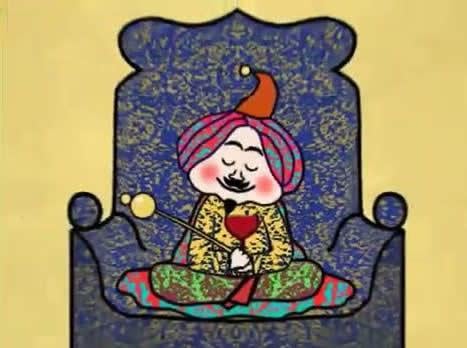ב"ה
Purim Videos
203 items in this section
Sort By:

Letters and Numbers of the Festivals—Purim
What is the difference between Purim, which is celebrated on the 14th day of the month, and Passover and Sukkot which are celebrated on the 15th day of their respective months? The answer lies in the fact that the number fourteen in Hebrew is represented by the letters yud (10) and daled (4), which spell the word "yad" which means "hand."

Contrasting Three of the Purim Mitzvahs
This class deeply analyzes various passages where Maimonides describes the parameters for observing three of the special Purim mitzvahs:
rejoicing at a feast, sending food gifts to friends, and giving monetary gifts to the poor. (Based on Likutei Sichos vol. 16, pp. 365-372)

Different megillah reading days for villagers and city dwellers
When the Jewish people as a whole dwelt in the Land of Israel, the reading of the Megillah (the Scroll of Esther) on Purim was not necessarily read on the same day for all Jews. In fact, depending on where one lived, there could be a disparity of up to four days between the respective readings. This class will explore the spiritual and mystical relevance of this phenomenon as it probes the layers of the heavens above and the soul below. (Based on the Maamar ‘Megillah Nikraas’ 5737)

Where Haman hangs and Mordechai muses.
This class is a synopsis of the Chassidic discourse (maamar) the Rebbe delivered in the famous Purim farbrengen (gathering) of 1958. The maamar is based on the teaching of our Sages that when the wicked Haman erected the wooden gallows to hang Mordechai, G-d in Heaven declared that it would not come to pass, “For Abraham has already preceded you when he invited the angels to find shade under the tree”. The maamar traces the mystical history of Abraham’s tree and, as always, leaves us with novel and inspiring insight.

The famous holiday gifts of edibles have become emblematic of Purim's joyous celebrations. Since antiquity, and regardless of geography they've been festooned and decorated – arguably unlike any other mitzvah we fulfil. Here we seek to understand the deeper rhyme, reason and jurisprudence of this unique rabbinic ordained observance. By tracing earliest origins, and noting its understated documentation, we arrive at a profound new appreciation of its purpose and methodology—as a means to an end, rather than an end in and of itself.

The ubiquitous custom of “unfolding” our proverbial Purim scroll, rather than using it in its organic rolled position seems rather odd and unwieldy. The spreading of the scroll is justified by “it's supposed to be a letter.” But what exactly does that mean, and what is it meant to accomplish. Careful tracing and cross-referencing of early sources lead us to a fascinating thesis, which is subsequently augmented with a seemingly unrelated Biblical concept related to ancient Temple service. And, in the end it all makes perfect sense!

Haman rejoiced greatly when his lottery to determine the date of the ‘Final Solution’ fell on Adar, considering it the most propitious omen possible, for it is the month that Moses died. However, there are far more sadder and calumnious months in the calendar than Adar, so why wouldn’t he be even more pleased if the lottery fell on one of them?! The answer reveals an astounding layer of meaning to the ever-relevant story of Purim. (Based in part on Likutei Sichos volume 26, Sicha 1)
Sort By:
Programs

























































